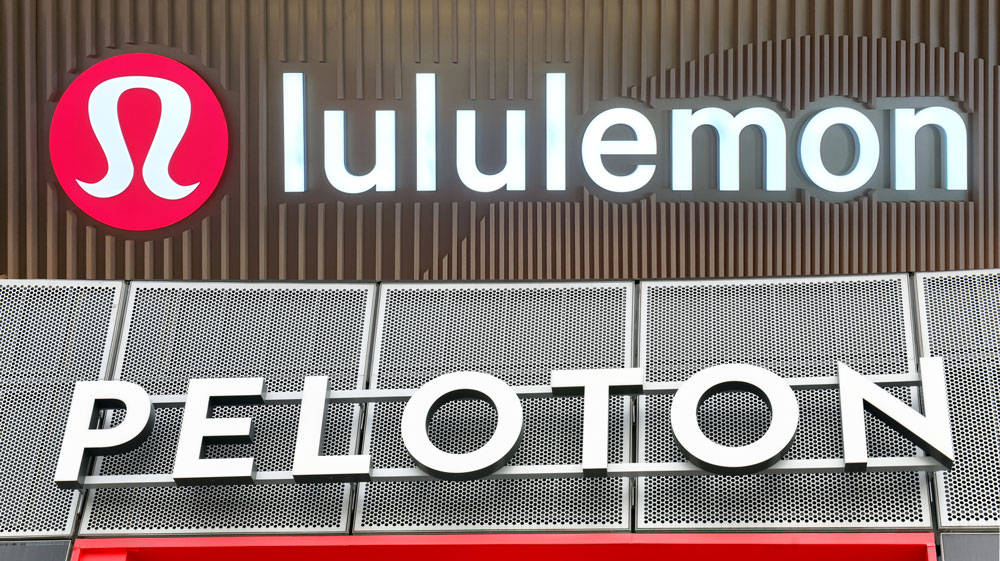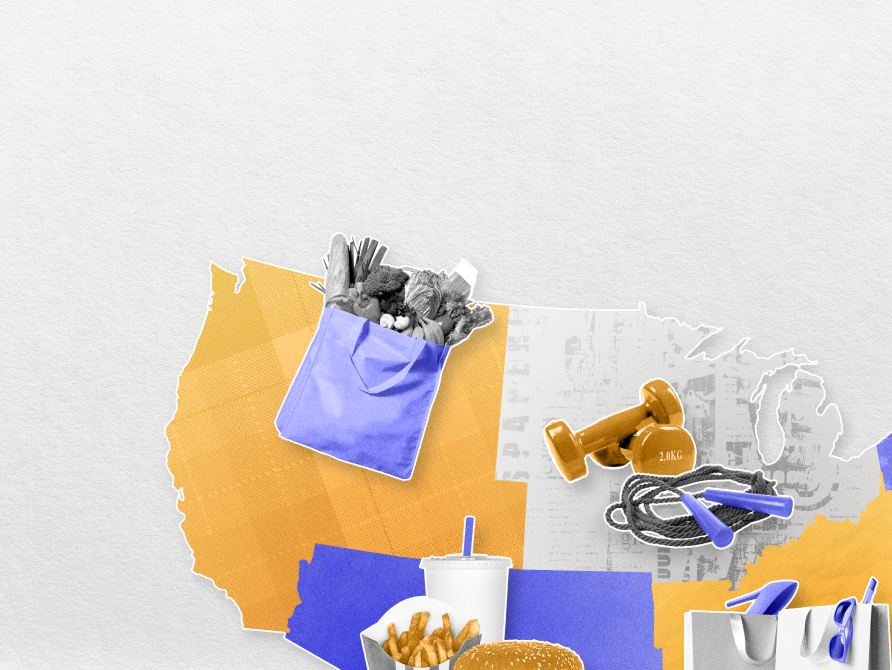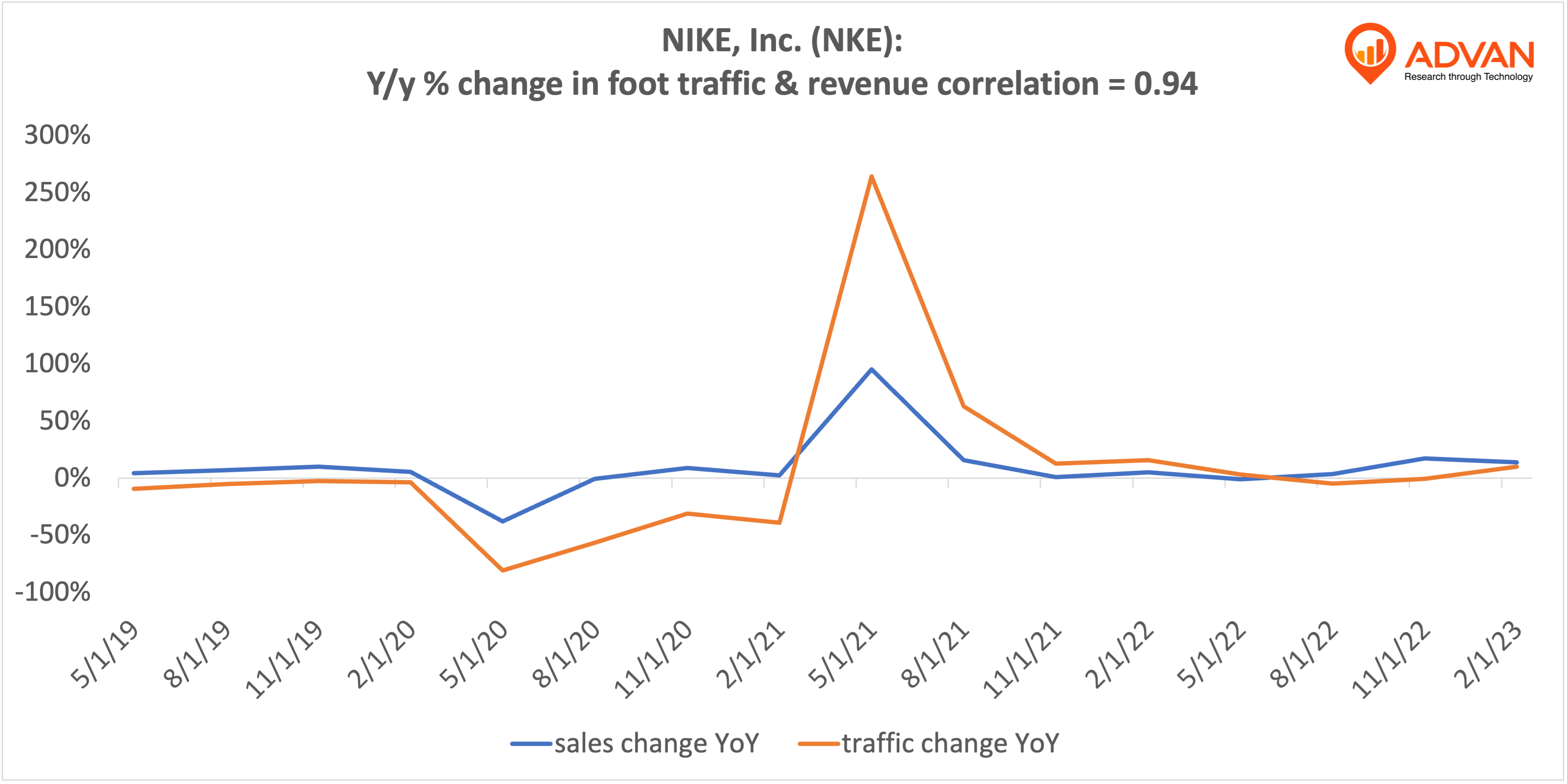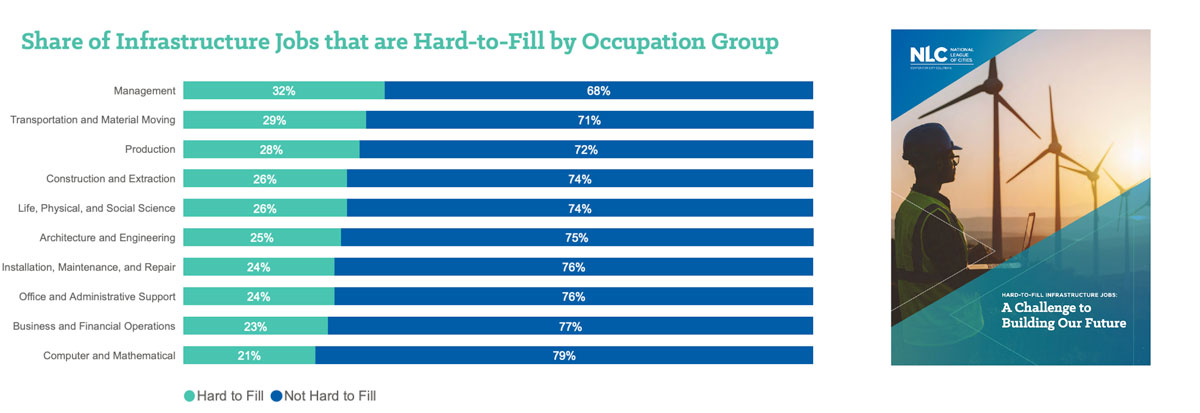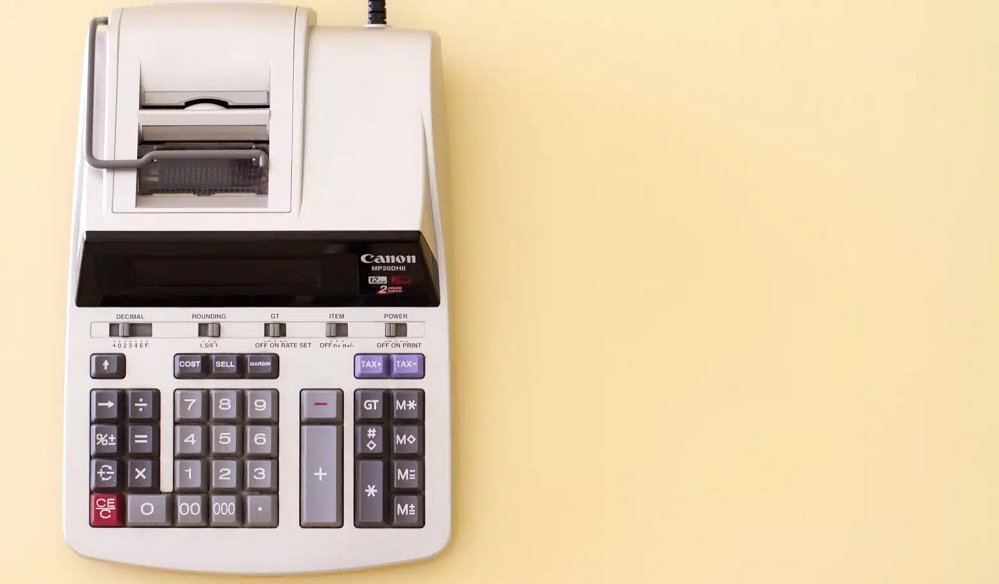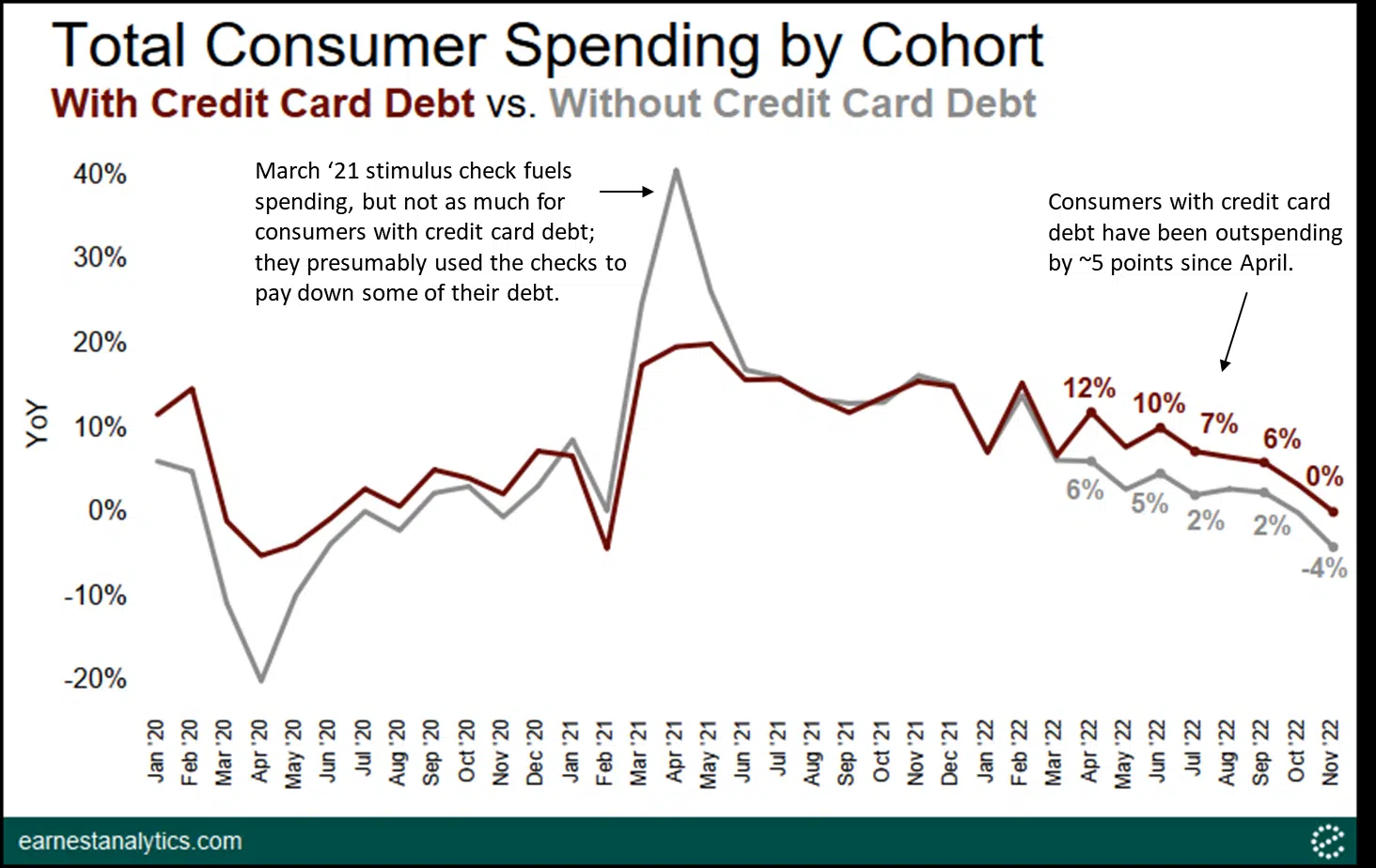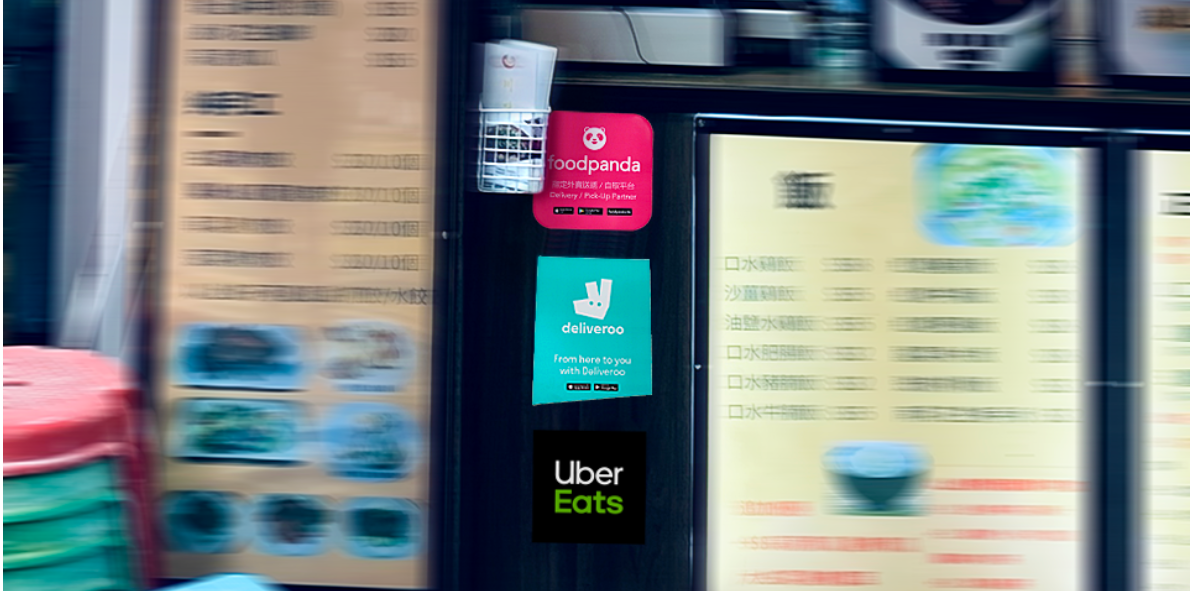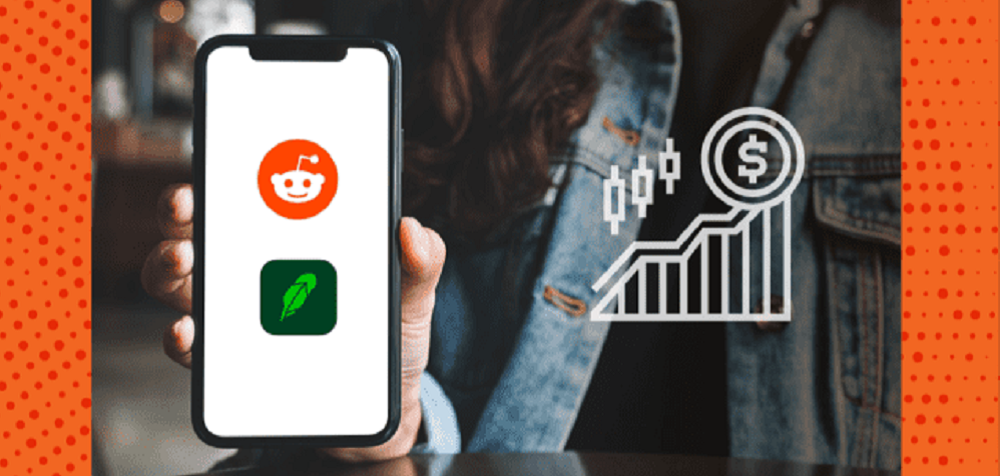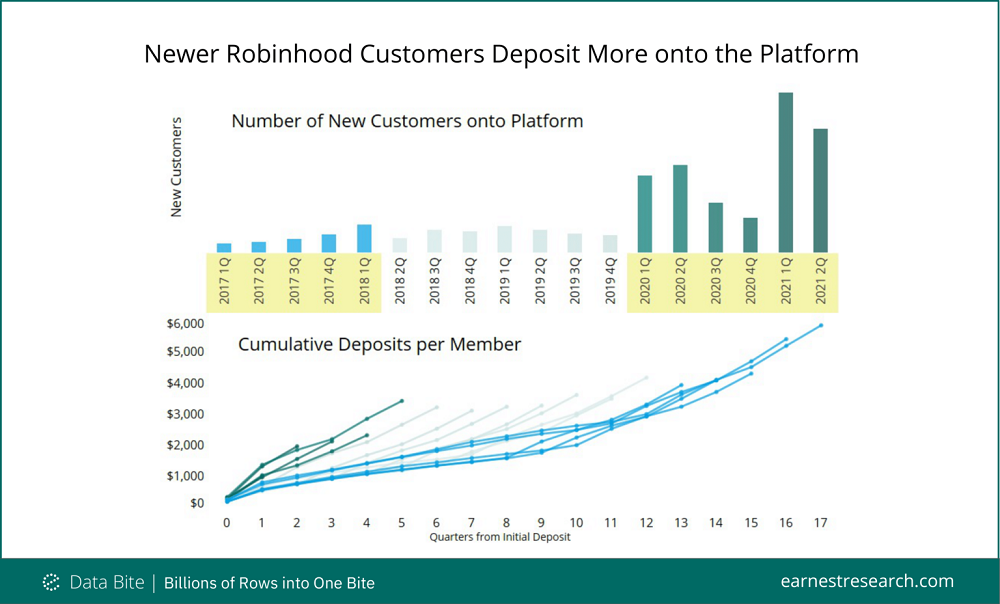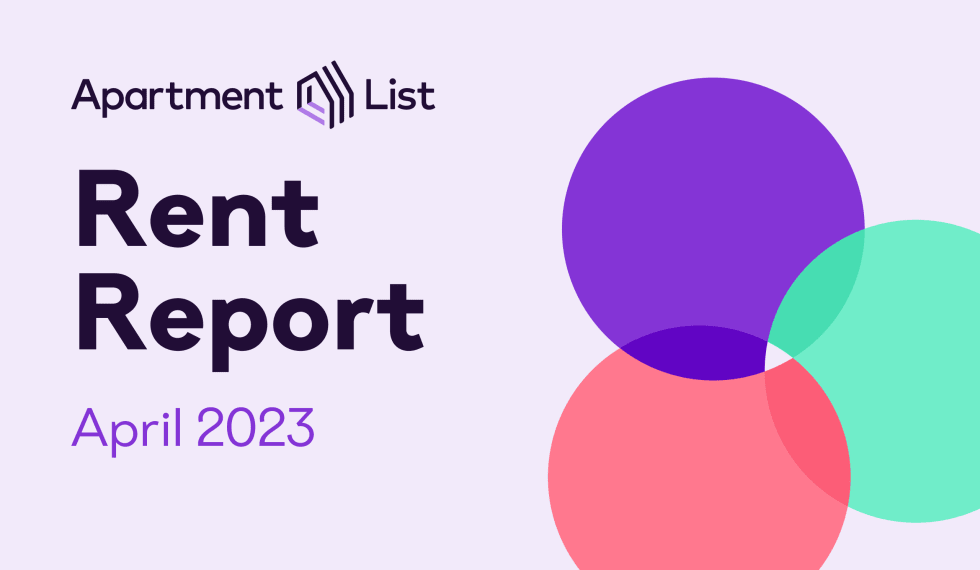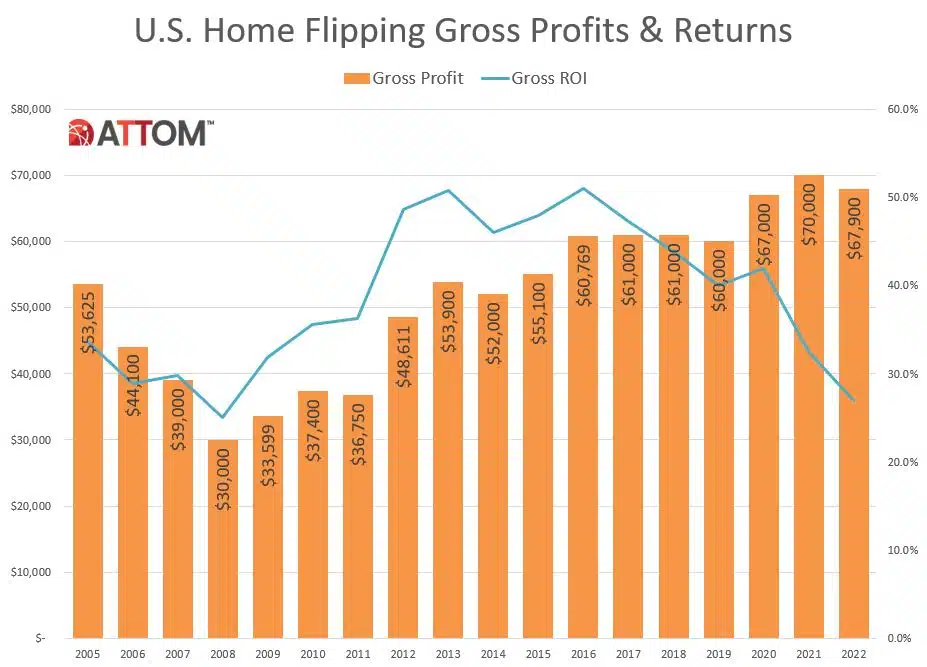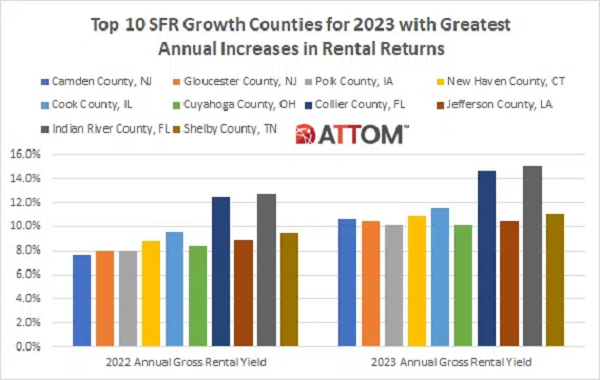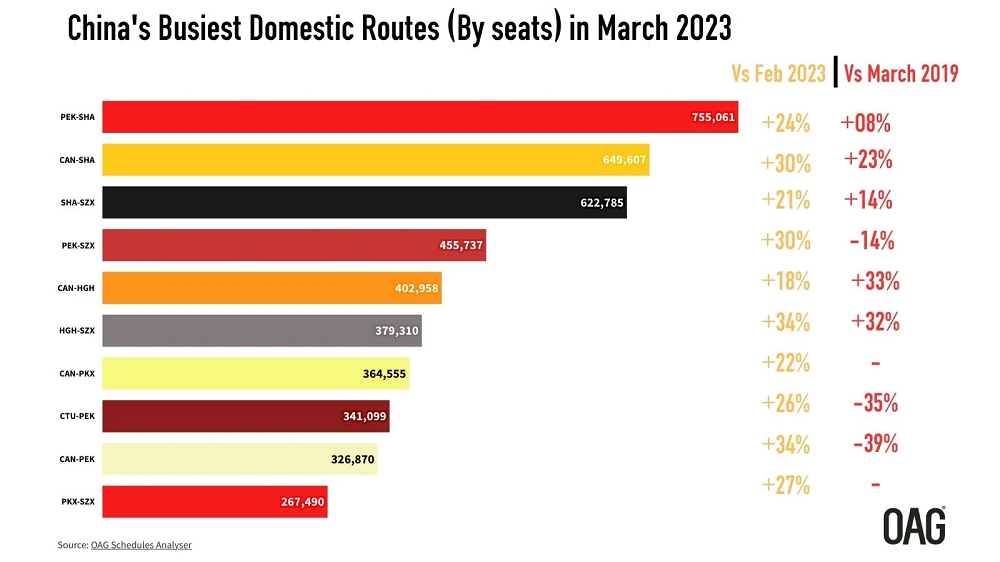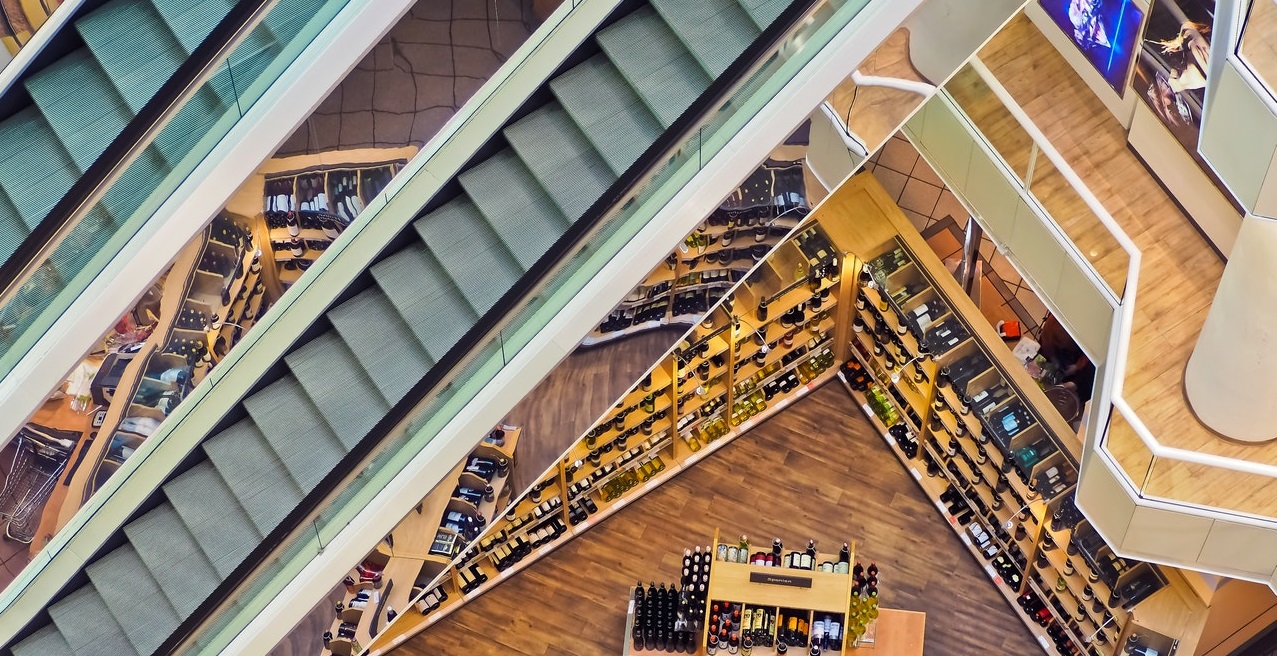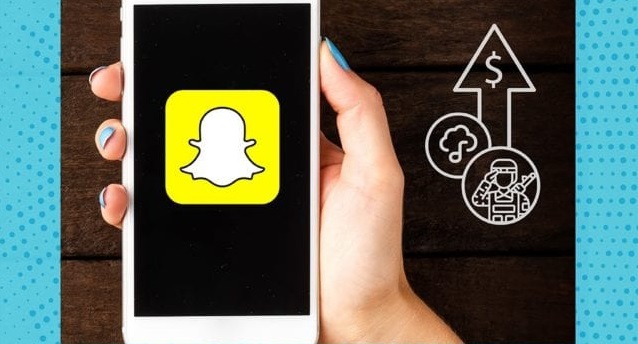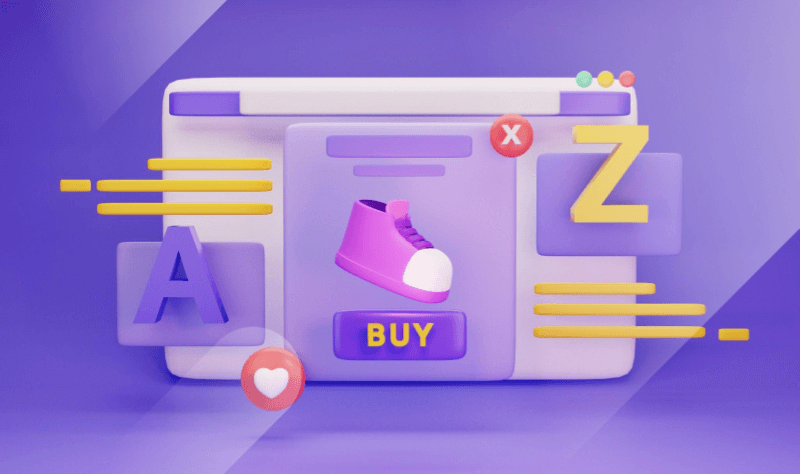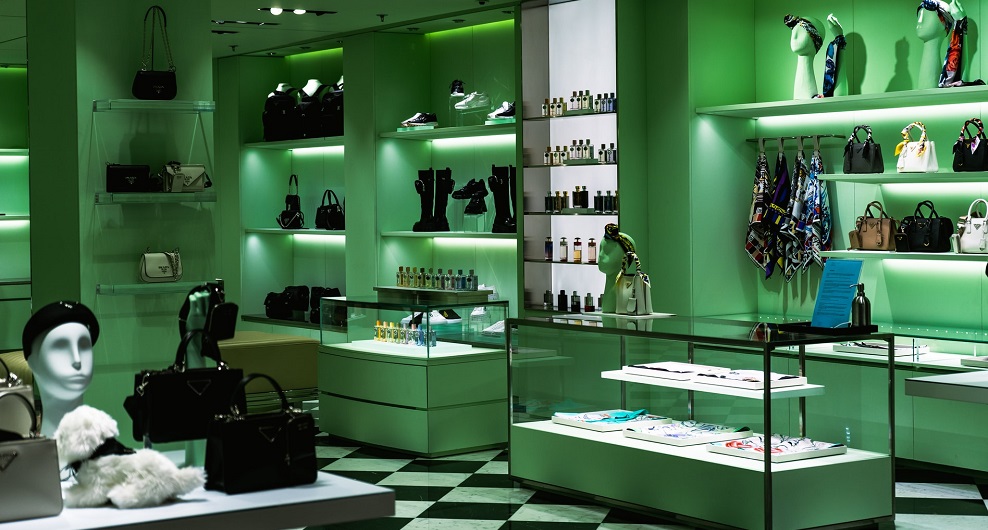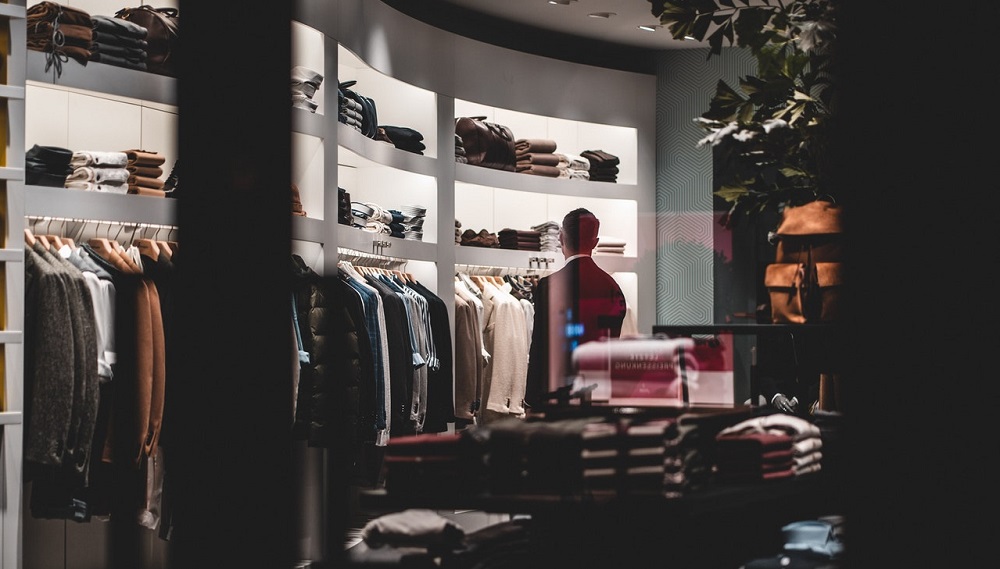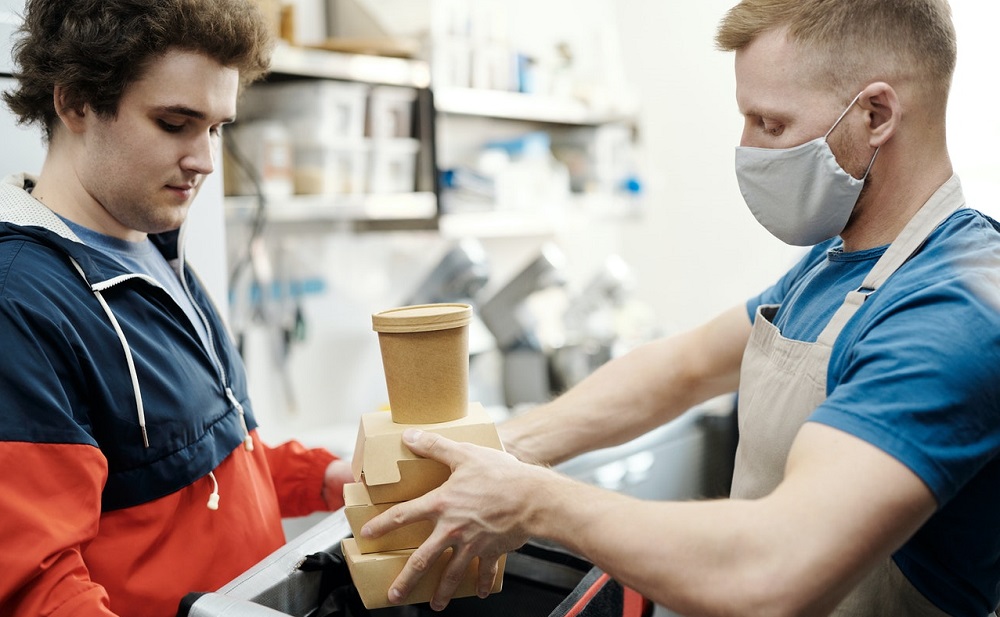As retailers see increased traffic from shoppers returning to brick-and-mortar stores, department stores such as Macy’s are experiencing significant sales growth. In fact, Macy’s Inc.’s (NYSE: M) most recent earnings report outperformed investors’ expectations. Consumer transaction data identified growth in retail channel sales and spend migration from competitors as factors potentially driving Macy’s earnings surprise.
The pharma and healthcare market is making moves to claim its space in the digital arena. By the end of 2021, industry ad spend is expected to surpass $11 billion, a 32% increase in just two years. Pharma and healthcare's gradual expansion into the digital space is primarily being driven by the COVID-19 pandemic, as consumers spend more time online instead of being exposed to traditional, static advertising.
Amidst the shortages in toilet paper and hand sanitizer last year, out of stocks at animal shelters were perhaps one of the more curious side effects of the COVID-19 pandemic. But how different is this new breed of pet owners from previous cohorts? In today’s Insight Flash, we dig into trends for new shopper adoption, demographics of those new shoppers, and whether the new cohort of pet owners is more or less attractive for the industry based on average spend.
As the pandemic’s retail impact was initially being felt, there were some retailers and segments that were better positioned than others, and some that actually looked better positioned than ever. Home Improvement leaders not only saw the benefit of strong alignment with key trends, but essential retail status early in the pandemic provided a unique opportunity for exceptional growth. Grocery and off-price retail were well-positioned sectors that managed to take full advantage of this opportunity.
Snapchat is uniquely set up to enable people to connect in fun and meaningful ways. And this has benefited the social media company greatly during the pandemic. The number of daily active users on the platform is up about 23% from last year and engagement is high. Last year we tracked how the company responded to the coronavirus crisis. This serves as a check-in to see which advertisers are increasing their spend most on the platform, and which have dropped their spend.
Many compete to make it into the upper echelon of management. But the paths to leadership can be unclear. Based on an analysis of hundreds of millions of careers, we can see which jobs are most likely to be promoted into senior management. Roles in Marketing, Legal and Investment Management used to have the highest chances of promotion into senior management.
If the chicken wars of summer 2019 taught us anything, it’s that a healthy chicken sandwich obsession is warranted. The rise experienced by Popeyes was so significant that it catapulted the chain into visit levels that reset the standard for the brand. So, using the launch of Popeyes’s new chicken nugget offering as an excuse, we dove back into the data from some of the chicken wars’ primary protagonists.
Walmart and Amazon, the largest retailers in the world, brought in nearly $1 trillion combined revenue last year. Though Walmart’s $559 billion edged out Amazon’s $386 billion, the retailers are neck-and-neck. Who will win in the battle of Amazon vs. Walmart? To analyze this nail-biting race and determine which retailer may be the best fit for your brand, we’ll dig into the history, strategies, and digital performance of Amazon and Walmart, pulling in insights from Research Intelligence, one of our eCommerce tools for online sellers and brands. Let’s see how the battle plays out.
Luxury sales are all about brands – aspiration for different labels to signal a level of taste and fashion. But . . . what if they’re not? Recently, a number of new players specializing in multibrand luxury have entered the space to give shoppers the ability to shop luxury brands side-by-side as they look to purchase the latest trends. In today’s Insight Flash, see how these merchants are faring in both the US and UK markets.
Zoom Video Communications (ZM) is on the cusp of its fiscal second quarter earnings report on August 30. As expected, Zoom’s momentum is fading as lockdowns ease and on-site activity returns. Shares are underperforming year-to-date, even when compared to the overall video conferencing space. That’s despite an easy FQ1 earnings beat with 191% sales growth. In short, Zoom’s risk-reward ratio has now undeniably shifted. Even though many organizations now offer a more flexible work environment, especially with the COVID resurgence, Zoom will naturally struggle to replicate its 2020 growth levels.
When we last dove into top beauty brands back in May, the sector was on its way to a full recovery as shoppers ventured out for the first time in over a year and began investing in beauty supplies once again. Now, it seems like the brick and mortar cosmetic chains are positively on fire, with visits to all retailers analyzed skyrocketing in recent months. And while the year-over-two-year foot traffic trends for April through June have been very strong, the growth in July visits was truly exceptional.
The number of streaming households outpaced homes paying for traditional TV for the first time last year. But that doesn’t mean that TV viewership is off the table when it comes to advertising. Early into the pandemic MediaRadar began tracking how our new lifestyle was impacting TV advertising. We saw increased spending from categories like toys and games and household cleaning products. At the same time, sports advertising plummeted.
Last week, Abercrombie & Fitch announced Zappos as its exclusive e-commerce partner in the U.S., with a footwear collaboration on the horizon. In today’s Insight Flash, we dig into the collaboration, comparing growth rates, demographics, and cross-shop to see where the benefits might lie. While Abercrombie & Fitch has seen spend growth steadily outperform the Apparel, Accessories & Footwear industry over the last two and a half years, Zappos has consistently underperformed.
Dollar and discount superstores thrived over the pandemic, and foot traffic analytics indicate that the category leaders are not slowing down just yet. Five Below, unlike many of the other discount superstores, carries neither food nor groceries and was not open as an essential business in the early days of the pandemic. But the brand is more than making up for lost time now, with monthly visits up 32.7%, 36.9%, 25,7%, and 35.2% in April, May, June, and July, respectively, compared to the equivalent months in 2019.
Total construction starts fell 3% in July to a seasonally adjusted annual rate of $854.8 billion, according to Dodge Data & Analytics. There were few bright spots during the month, with all three sectors (residential, nonresidential building and nonbuildings) moving lower in July. “Construction material prices continue their march higher and are weighing heavily on construction starts,” stated Richard Branch, Chief Economist for Dodge Data & Analytics. “Lumber and copper prices have fallen in recent weeks
When many Americans sheltered in their homes early in the coronavirus pandemic, meal delivery sales reached new heights. Our data reveals that in July 2021, sales for meal delivery services grew 16 percent year-over-year, collectively. The ongoing pandemic may also be driving more Americans to make their first meal delivery purchase. In July 2021, 49 percent of U.S. consumers had ever ordered from one of the services in our analysis, up from 42 percent a year ago.
When U.S. cities and states faced shelter-in-place orders to limit the spread of the coronavirus, Americans’ reduced mobility resulted in plummeting sales at rideshare companies. With the exception of a late 2020 dip, sales have been gradually recovering since April 2020. Uber sales were up 150 percent year-over-year and Lyft sales were up 127 percent year-over-year in July 2021.
Doctoral degrees are valuable, not just for employment in research and higher education, but also outside of academia. Academic hiring freezes during the pandemic has resulted in a tough job market for recent PhD graduates, that has sparked a renewed interest in jobs outside of academia for the highly-educated. Below are the companies that employ the highest numbers of doctoral degree holders. Tech companies lead the way, hiring high numbers of PhDs from engineering and computer science.
The grocery sector has witnessed a uniquely fascinating period with early COVID concerns driving huge traffic surges to supermarkets, while the recovery period has seen uneven returns for different brands. And the questions are growing. Can the sector turn it’s COVID status into long term strength? Will the rising excitement around restaurants cut into their success? We dove into the latest grocery data to find out.
The COVID-19 pandemic has affected every facet of day-to-day life. Rising unemployment rates, decreased recreational spending, and lockdown measures have taken a toll on our collective psyche and spending habits. The beauty and fashion industry did not go unspared from the pandemic's death grip; big-name brands were forced to shutter their storefronts and furlough thousands of corporate and retail-level employees. At the same time, a dramatic increase in online sales put pressure on key industry players to re-examine and invest in their respective e-commerce strategies.
